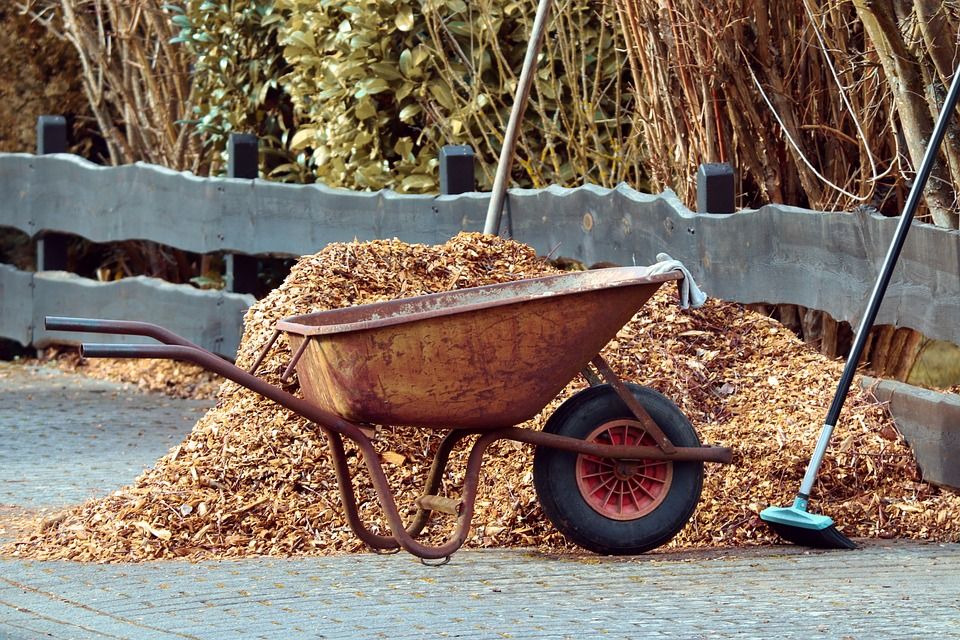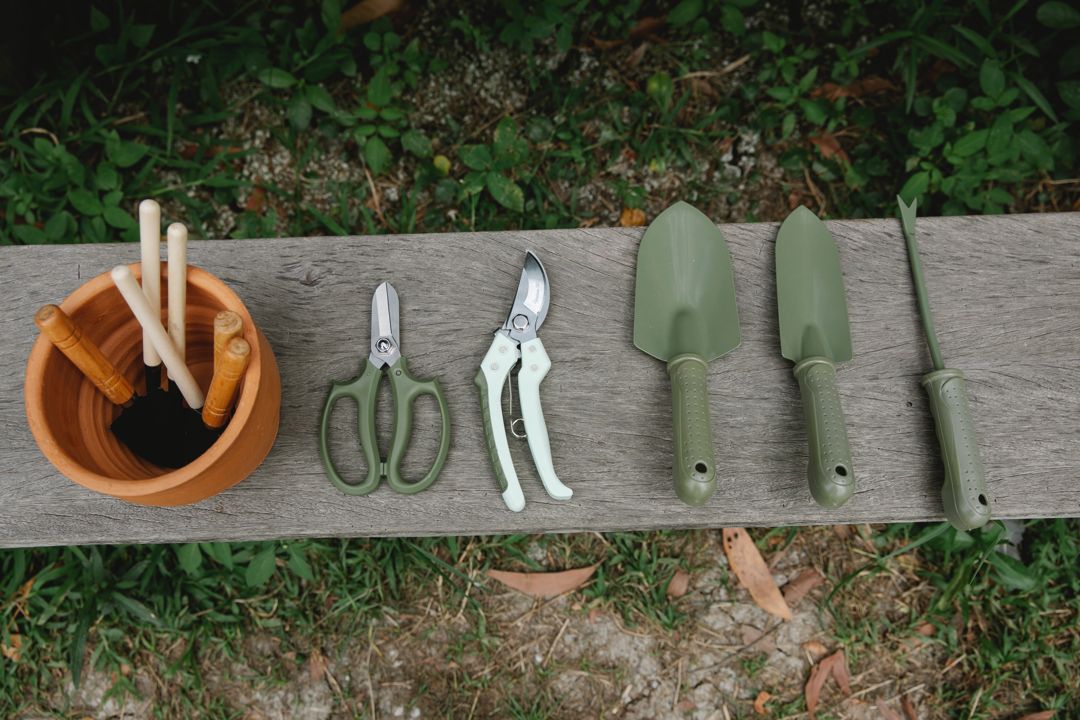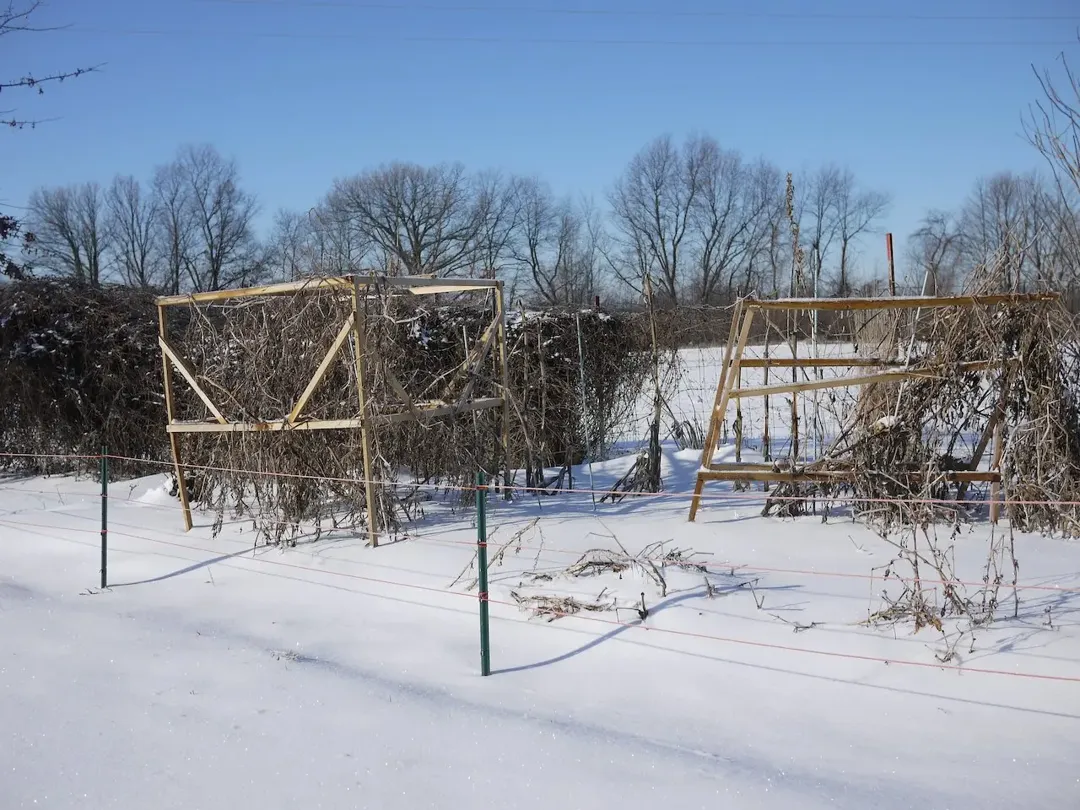Many people think that after a fall harvest, your garden is to be left alone until planting time next spring. The truth of the matter is that there are a handful of methods to ‘winterize’ your garden in preparation for a successful growing season next year. While mostly optional, these practices can help increase yields and prevent disease in the next growing season.
A first step would be removing most dead plant matter from the previous growing season. This matter can be added to compost piles as long as the plants did not show any signs of disease. Pathogens can often survive over the winter, so any diseased plants must be destroyed to prevent problems next year. It is acceptable to leave some perennial and/or flower stems where they are, as these are used for shelter by beneficial pollinators.

Instead of leaving the past season’s dead plant matter in the garden, you can top your garden with mulch for the winter. This helps prevent soil from being washed away as snow melts. You can also add dead leaves from the lawn onto your garden beds to provide organic matter. Soil that is combined with crushed up dead leaves drains well, and therefore can help prevent diseases such as root rot.
Another important task to take care of is sanitizing your garden tools before wintertime. This is a great measure to take because garden tools and pots can often carry pathogens.

Fall is a great time to get your soil tested. Most regions have some type of Extension office that can help point you in the right direction. Testing your soil in the fall ensures you have enough time to develop and implement a soil nutrition plan (if necessary) for next year’s growing season.
These simple measures can help ensure a productive garden for the upcoming season. Winter is also an excellent time to plan out next year’s garden. Apps such as Planter make garden planning easier than ever!
